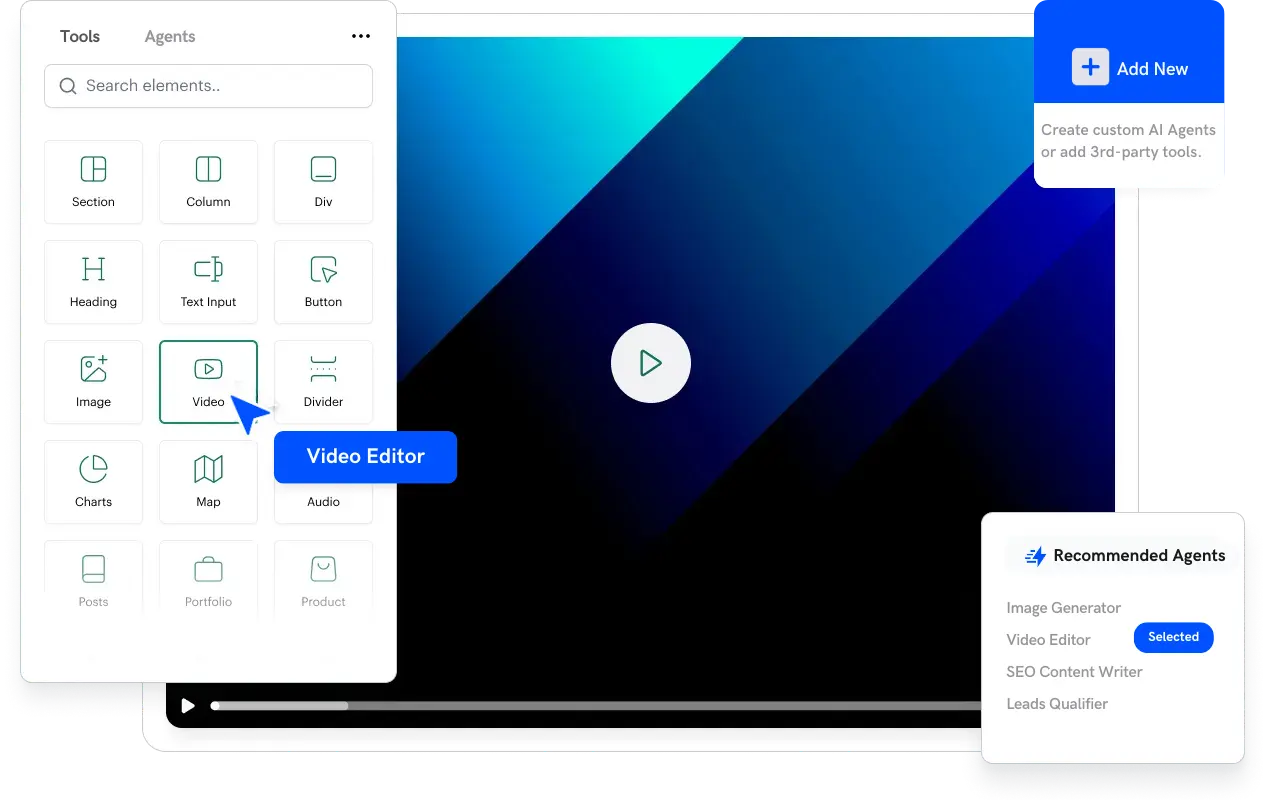Introduction
Team conflicts are inevitable, especially in diverse and high-pressure environments. Traditional conflict resolution methods can be slow and may not address underlying emotional issues. Recent advances in AI now allow for real-time emotion detection during team interactions. Research by the MIT Media Lab shows that organizations utilizing emotion-detecting AI report up to a 30% reduction in conflict-related productivity losses. This article explores how emotion-detecting AI tools work, their benefits in conflict resolution, and best practices for implementation.
How Emotion-Detecting AI Works
- Sentiment Analysis:
AI analyzes tone, facial expressions (in video calls), and text to gauge emotional states. - Real-Time Feedback:
The system provides immediate insights into the emotional climate of a conversation. - Contextual Understanding:
Advanced models use context to distinguish between temporary frustration and deeper issues.
Benefits of Emotion-Detecting AI for Conflict Resolution
- Early Detection:
Identifies potential conflicts before they escalate, allowing managers to intervene proactively. - Objective Analysis:
Provides unbiased, data-driven insights into team sentiment, reducing personal bias in conflict resolution. - Improved Communication:
Helps teams understand the emotional undertones in their interactions, leading to more empathetic and effective communication.
TurboMode AI Spotlight
TurboMode AI enhances overall productivity by automating task execution and converting discussions into actionable items. Its ability to capture nuanced conversational details can also support emotion-detecting systems for conflict resolution.
“We’re shifting the game from managing work to getting work done.”
Discover how TurboMode AI can complement your conflict resolution strategy—book a demo today.
Implementation Best Practices
- Integration with Communication Platforms:
Use emotion-detecting tools that integrate with your video conferencing and chat systems. - Training Managers:
Equip leaders with the skills to interpret AI-generated emotional insights and respond effectively. - Privacy and Ethics:
Ensure that all emotion-detection practices comply with data protection regulations and respect employee privacy. - Feedback Mechanisms:
Regularly review the AI’s performance and adjust settings based on team feedback.
Case Studies and Research Insights
A multinational firm implemented emotion-detecting AI during virtual meetings and saw a 25% reduction in unresolved conflicts. Additionally, a study published in the Journal of Organizational Behavior found that teams using such tools reported higher job satisfaction and improved collaboration.
Future Developments
Emotion-detecting AI is likely to evolve further, incorporating more sophisticated analysis of body language and vocal cues. Future systems may also offer personalized conflict resolution strategies based on historical team data.
Conclusion
Emotion-detecting AI offers a promising new approach to conflict resolution in teams. By providing real-time insights into team sentiment, these tools help managers address issues proactively and foster a more collaborative, harmonious work environment. When combined with productivity solutions like TurboMode AI, which streamline task management and execution, organizations can significantly boost overall efficiency and employee satisfaction. Embrace emotion-detecting AI to build a more resilient and cohesive team.






